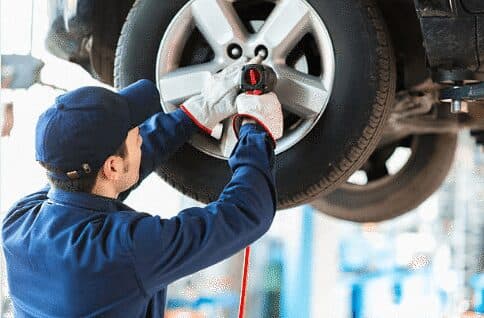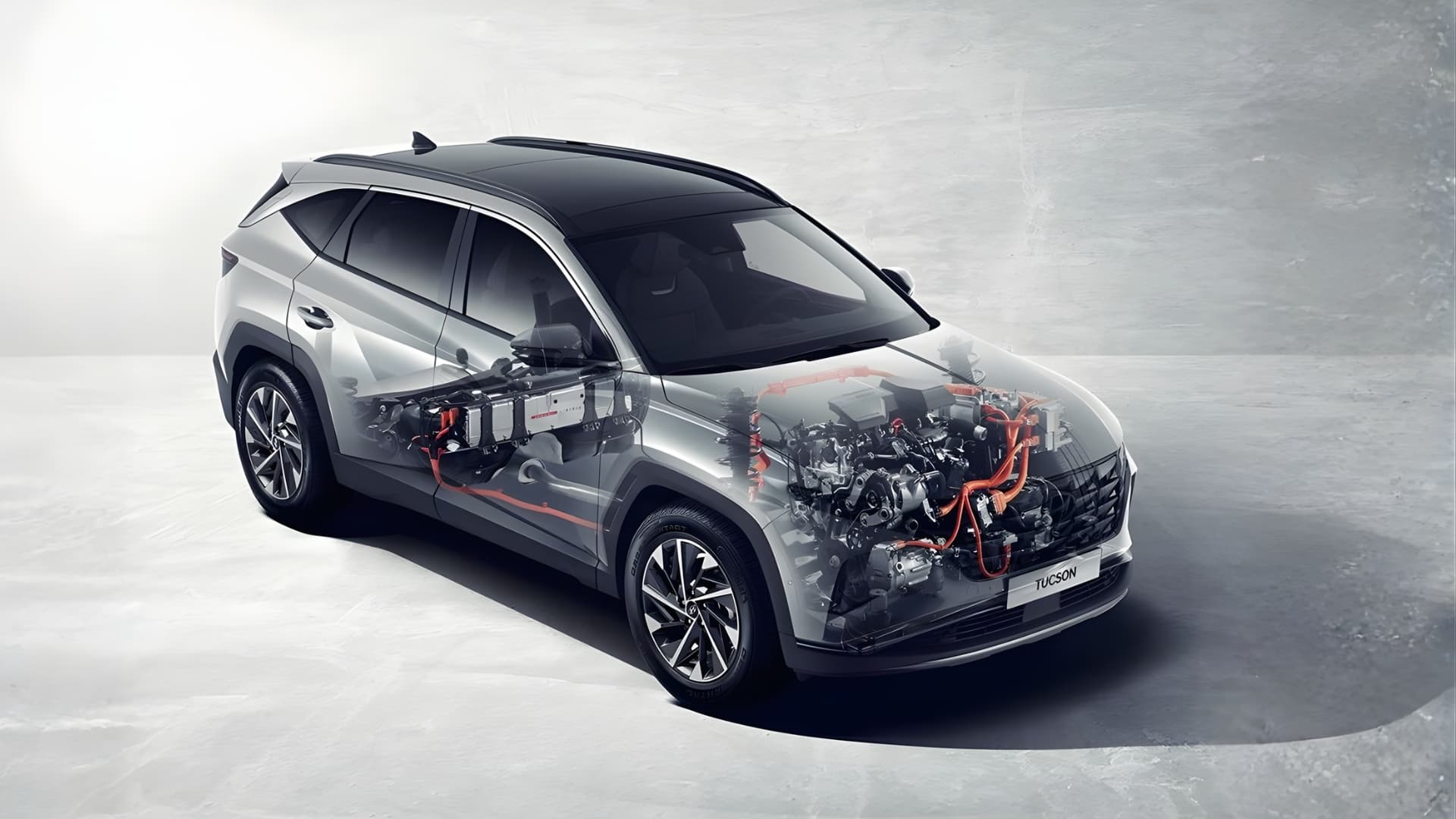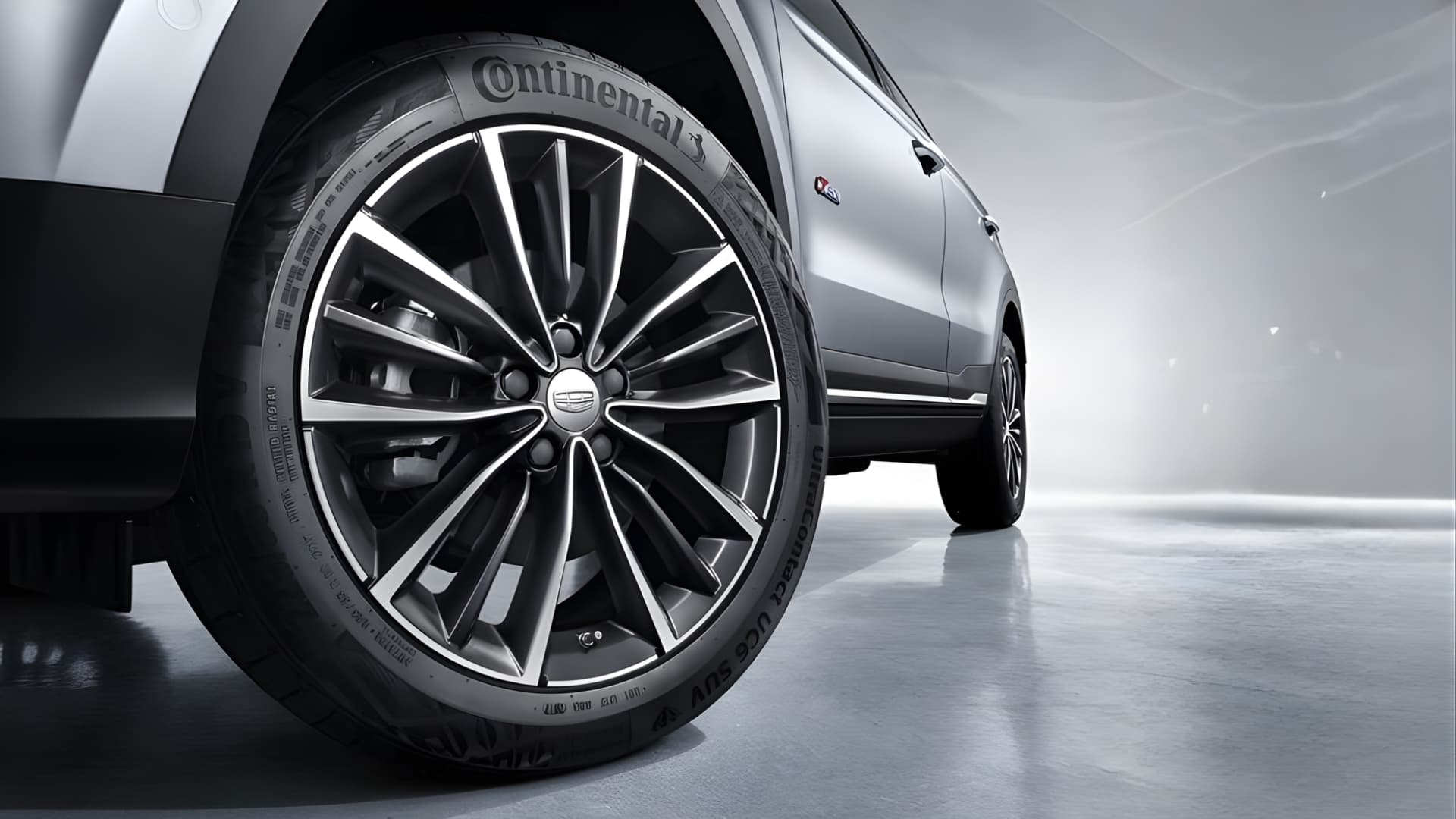
Tyres are one of the most critical components of your vehicle, directly affecting your safety, fuel efficiency, and overall driving experience. Over time, tyres naturally wear out and lose their ability to grip the road effectively. Knowing when to replace your tyres is essential to maintaining a safe and efficient vehicle. But how do you know when it's time for a change? In this guide, we’ll walk through the key signs to look for and when to replace your tyres to keep your car performing at its best.
The lifespan of your tyres has many varying factors: the design, the driver’s habits, road conditions, age and how well they are cared for.
So how do you know when to change your tyres?
TREAD DEPTH
Treadwear indicators (TWIs) are small bars of rubber that run across the grooves in between the tread at regular intervals. When the tyres are worn to the legal limit, the bars will be flush with the surface of the tread. In Australia, the minimum legal tread depth is 1.5mm. It is recommended to replace your tyres before they get to that extent.
TYRE AGE
If your tyres are older than 5 years, it is also suggested to replace them even if they appear to be in great condition and haven’t been worn down to the tread wear indicator. This is because rubber deteriorates over time. This also applies for your spare tyre. Just because it hasn’t been used regularly or even at all, does not mean it is in great condition. Spare tyres need to be replaced every 6 to 8 years due to the degrading of the rubber.
TYRE DAMAGE
Take a quick look at your tyres. Can you detect any damage such as a cut, nails or chunks missing? If so, then it’s time to get the tyre replaced as these damages can make you tyres unsafe. Keep an eye out for cracks on the tyres too. These cracks are caused by too much exposure to sunlight.
Now you know when to change your tyres, but how about maintaining them? Here are some handy hints on how you can extend the life of your tyres by keeping them in good condition to get the most possible use out of them.
TYRE PRESSURE
Regularly checking to make sure your tyres are inflated correctly is important. There are 2 reasons why your tyre pressure is so critical.
- Under inflation
- Over inflation
If your tyres are under inflated, they will wear out on the outer edges quicker than normal. Wearing of the edges can increase braking distance and increase fuel use.
Over inflation will result in wear on the middle of the tread to instead of the outer edges. This can cause issues with cornering ability, steering and braking.
The correct pressure for your vehicle can be found on the card attached to the car body, which is generally on the driver’s door pillar. Your tyre pressure should be checked every month, before a long journey and before you plan on towing as it will may need to be sit higher.
WHEEL ALIGNMENT/ROTATION
Believe it or not, tyre rotation is extremely important. Your tyres wear at different rates depending on their position. Rotating from front to back and regular intervals will allow for even wear on all your tyres. It is suggested to rotate your tyres every 6 months or 5,000km.
Along with tyre pressure, poor wheel alignment will increase wear unevenly on your tyres. This can be caused from hitting a bump in the road or even hitting the curb when parking. No matter the reason, your wheels need to be realigned every 12 months. Poor aligned wheels can cause your vehicle to become less stable and increase fuel consumption.
When the time comes to replace your tyres, be sure that you replace all 4 at once and that they all match, even the spare. Unmatched tyres can cause issues with the road grip and the balance of your vehicle. It is also important that you purchase the correct size for your vehicle. Installing the wrong size may require you to change the rim size.
Conclusion: Stay Safe by Knowing When to Change Your Tyres
Your tyres are the only contact between your car and the road, making them crucial for your safety and driving comfort. Regularly inspecting them for signs of wear, maintaining proper tyre pressure, and ensuring sufficient tread depth can help prevent accidents and costly repairs. If you notice any warning signs, such as excessive tread wear, cracks, or uneven tyre wear, it’s time to replace them. By being proactive about tyre maintenance and replacement, you’ll ensure a safer, smoother, and more efficient driving experience.
Need new tyres or an expert inspection? Visit Westside Auto Wholesale Service for quality tyres and professional service to keep your car running safely. Contact us today to schedule an appointment or check out our range of tyres!




